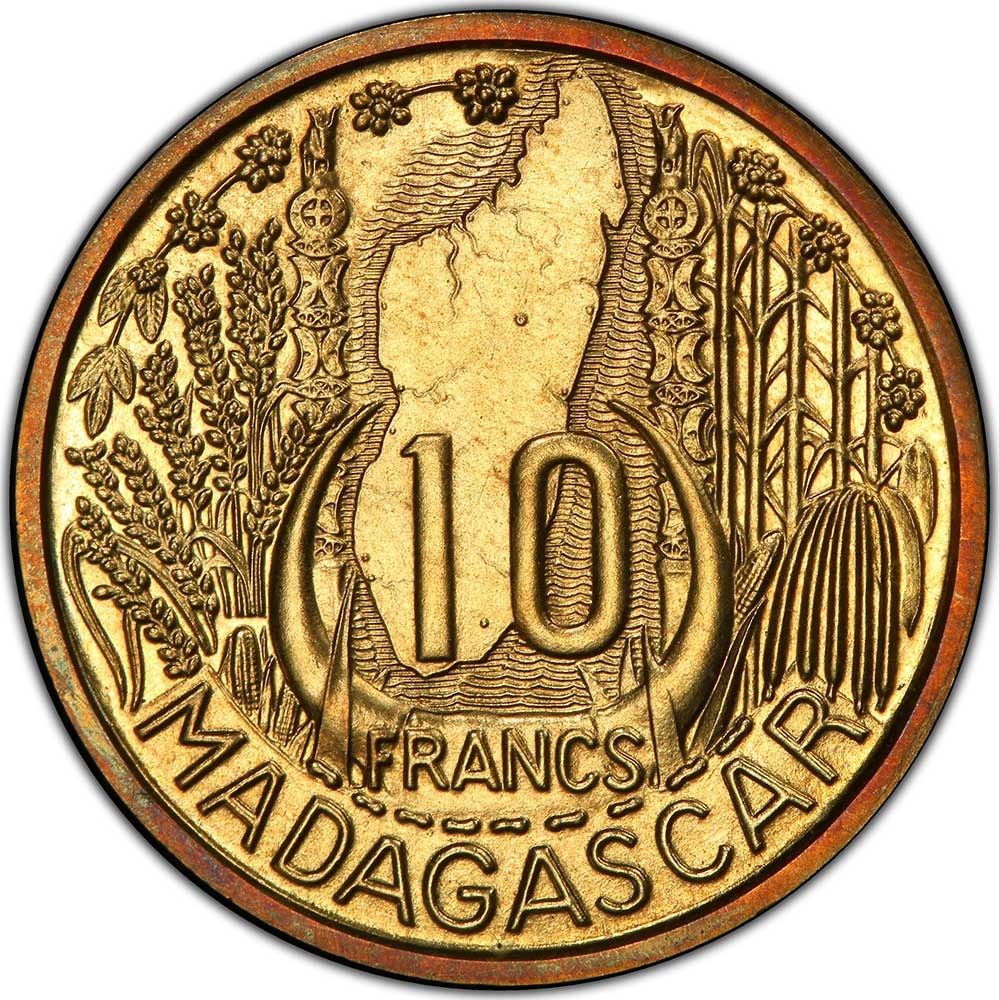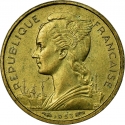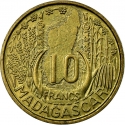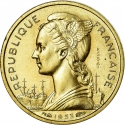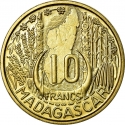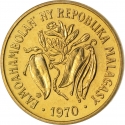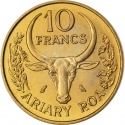You are about to finish your registration. Please check your mailbox (including spam folder). There should be a letter with a confirmation link. Check setting to make sure that your e-mail address is correct.
Send letter againDescription
An essai is a type of trial strike, typically a non-circulating, non-legal tender coin with a slightly higher mintage than the usual pattern coin.
A piedfort is an unusually thick coin, often exactly twice the normal weight and thickness of other coins of the same diameter and pattern. Piedforts are not normally circulated, and are only struck for presentation purposes by mint officials (such as patterns), or for collectors, dignitaries, and other VIPs.
Engraver: Lucien Georges Bazor
Obverse

|
Depicts Mariane's head left, wearing a winged Phrygian cap, modern ships lower left and right behind the head, date in exergue. Surrounded by the inscription "French Republic French Union", and the inscription "Essai" (a coin prototype) behind Mariane's head. REPUBLIQUE FRANÇAISE UNION FRANÇAISE |
|---|---|
Reverse

|
Depicts a value within the horns of the zebu head in front of a map of the country in the middle surrounded by a cluster of crops from Madagascar (rice, maze, sugarcane, tobacco, and ylang-ylang above them), country name below. 10 |
| Edge |
10 Francs
First Republic, Piedfort Essai
KM# PE4 Lec# 107
Characteristics
| Type | Trial strike |
| Material | Aluminium Bronze |
| Weight | - |
| Diameter | - |
| Thickness | 3 mm |
| Shape |
|
| Alignment | Coin |
| Mint |
Paris Mint (A)
|
Related coins
Food and Agriculture Organization (FAO)

